


I was walking along a country lane when I spotted a glistening red fruit by the hedges. Intrigued, I approached it and identified it as a redcurrant.

I picked some together with few stuff I found.
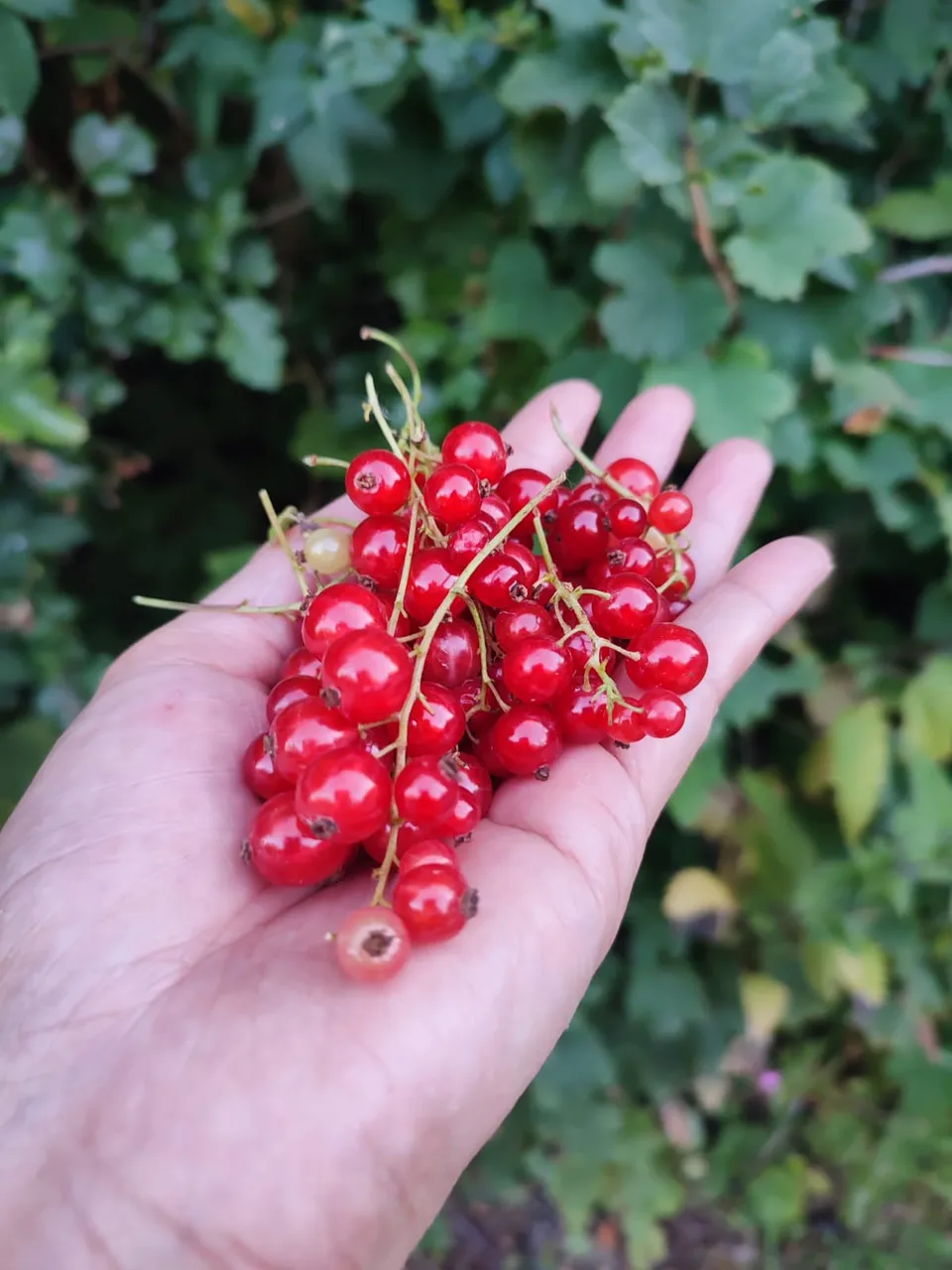
One thing I've noticed about red currants is that I never seem to find fresh fruits in the shop!

and took them home, deciding to make a redcurrant tart.
Red Currant Tart
Ingredients:
Pastry:
250g plain flour
2 tbsp Xylitol (or caster sugar if preferred)
125g butter (cubed)
1 large Egg
1 tsp lemon juice
1-2 tbsp cold water
Pinch of salt
Filling:
450g red currants (plus extra to serve)
300ml double cream
5 tbsp xylitol (or caster sugar if preferred)
3 Large ggs
6 tbsp ground walnuts
Pinch of salt
Method:

Firstly, remove the redcurrant stems and wash them.
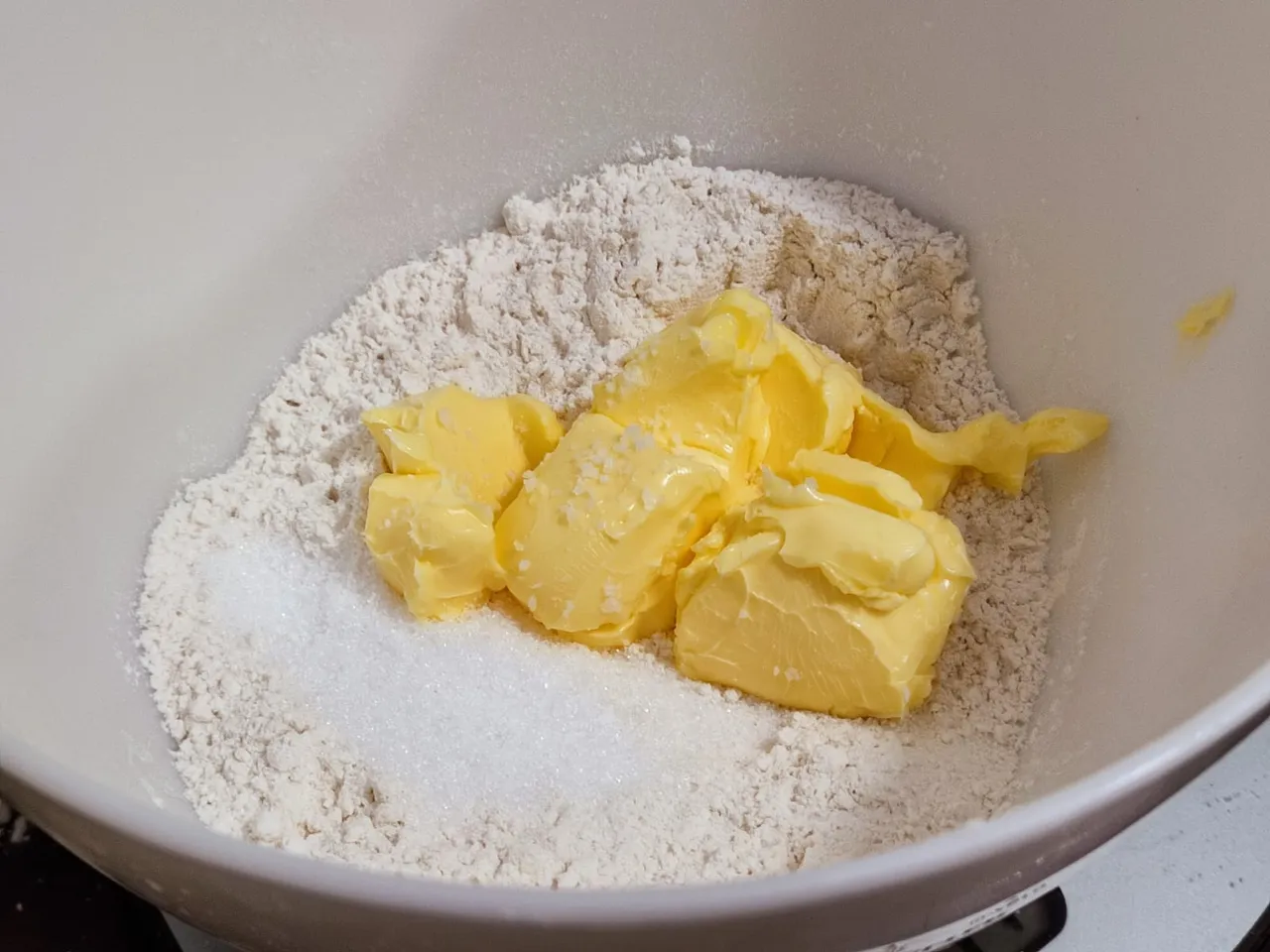
In a large mixing bowl, combine the plain flour, salt, cubed butter, and xylitol.

Use your fingers or a pastry cutter to crumb the ingredients together until they resemble breadcrumbs.
In a separate small bowl, beat the large egg and add the lemon juice to the water. Pour this mixture into the dry ingredients and mix until a dough forms. If the dough seems too dry, you can add a little more water.

Once the dough has come together, cover it with plastic wrap and let it rest in the refrigerator for 1 hour.
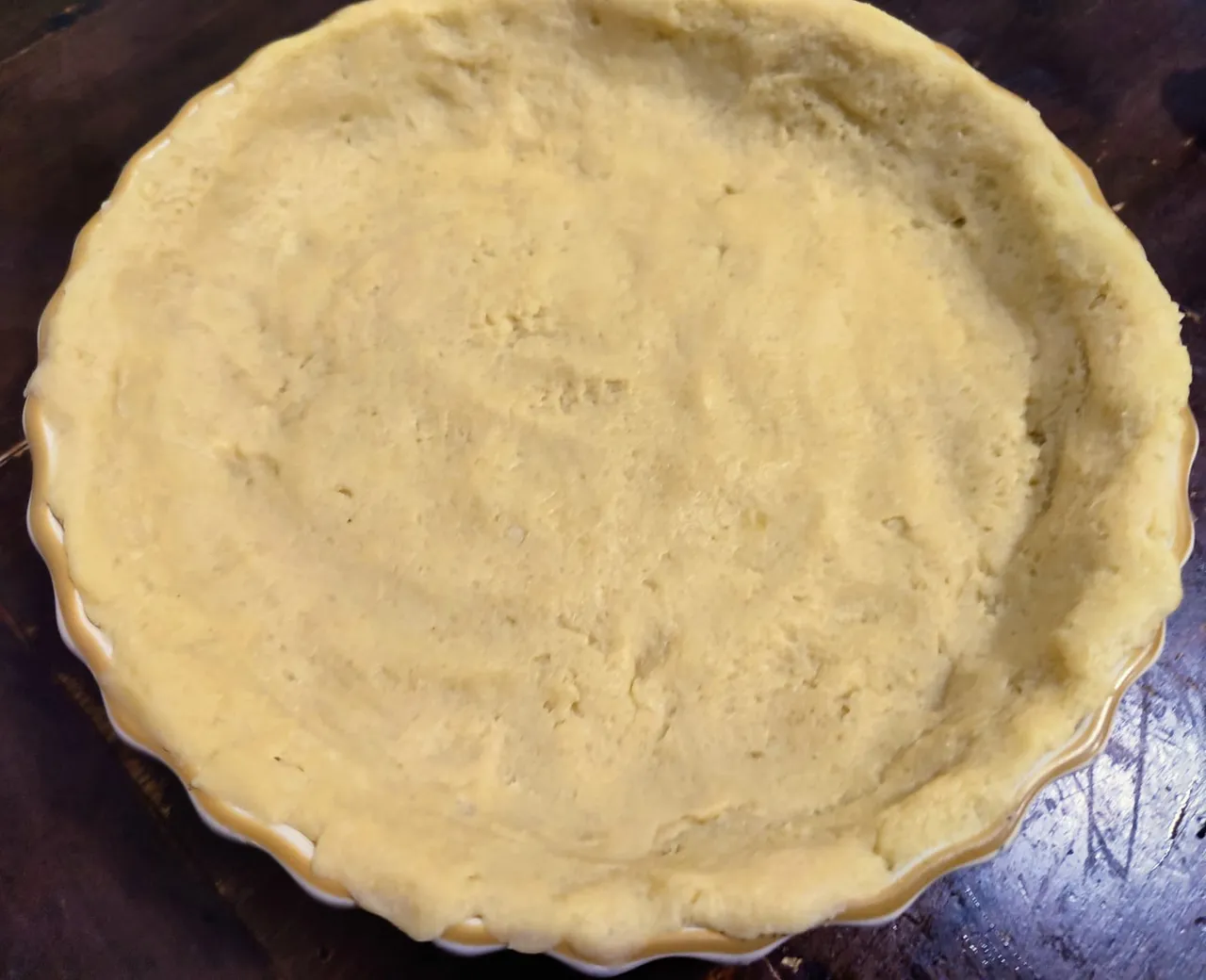
After the resting time, remove the pastry dough from the refrigerator and roll it out on a lightly floured surface. Roll it into a circle large enough to line a 26cm (10-inch) diameter pastry tin.
Gently transfer the rolled-out pastry to the tin and press it into the bottom and sides, making sure it is evenly distributed.
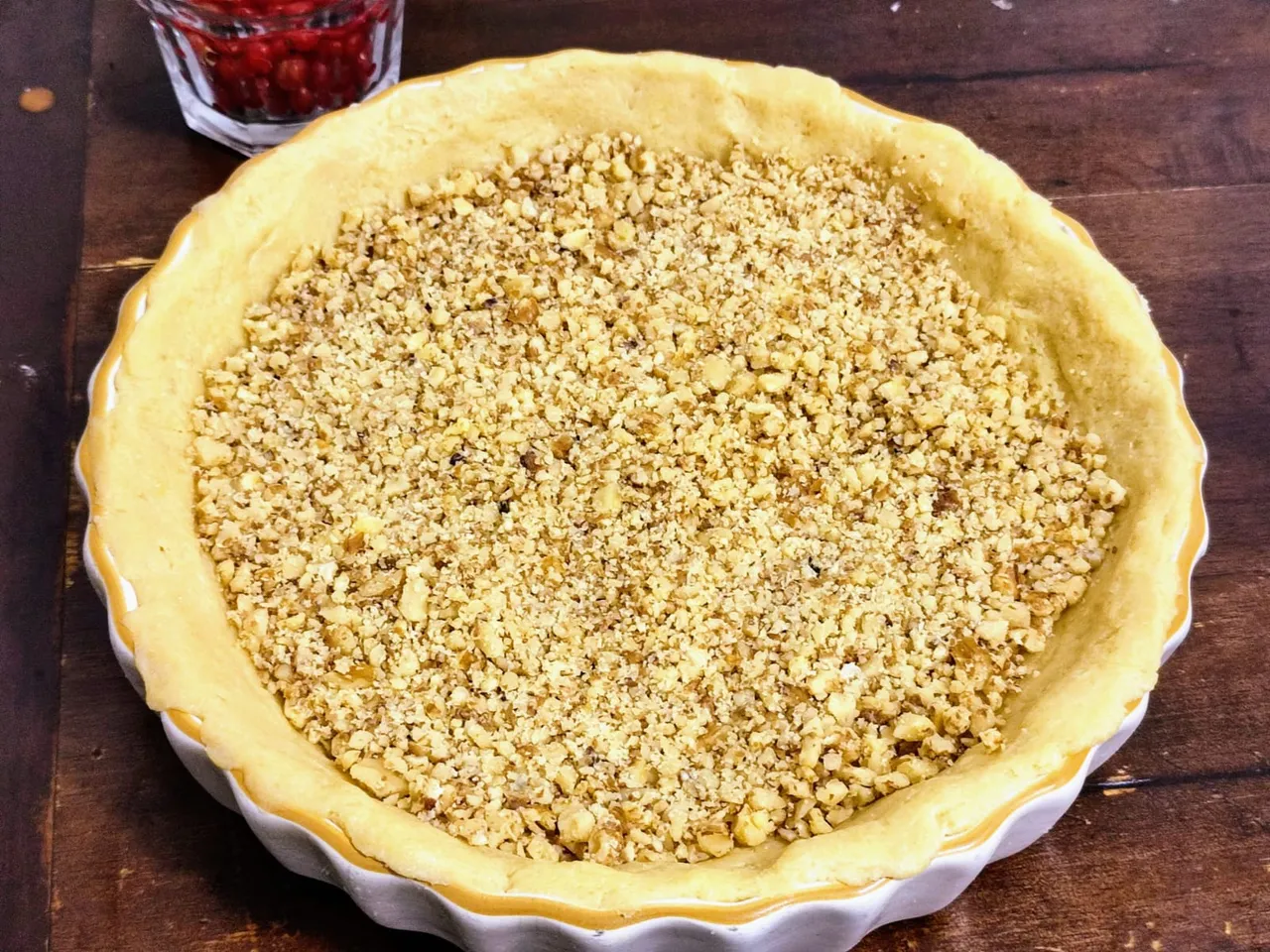
Sprinkle the ground almonds over the pastry base, covering the entire surface.

In a separate bowl, whisk together the sour cream, eggs, xylitol, and pinch of salt until well combined. add the redcurrants.

Finally, pou on the pastry and arrange the remaining red currants on top of the tart as a decorative layer.
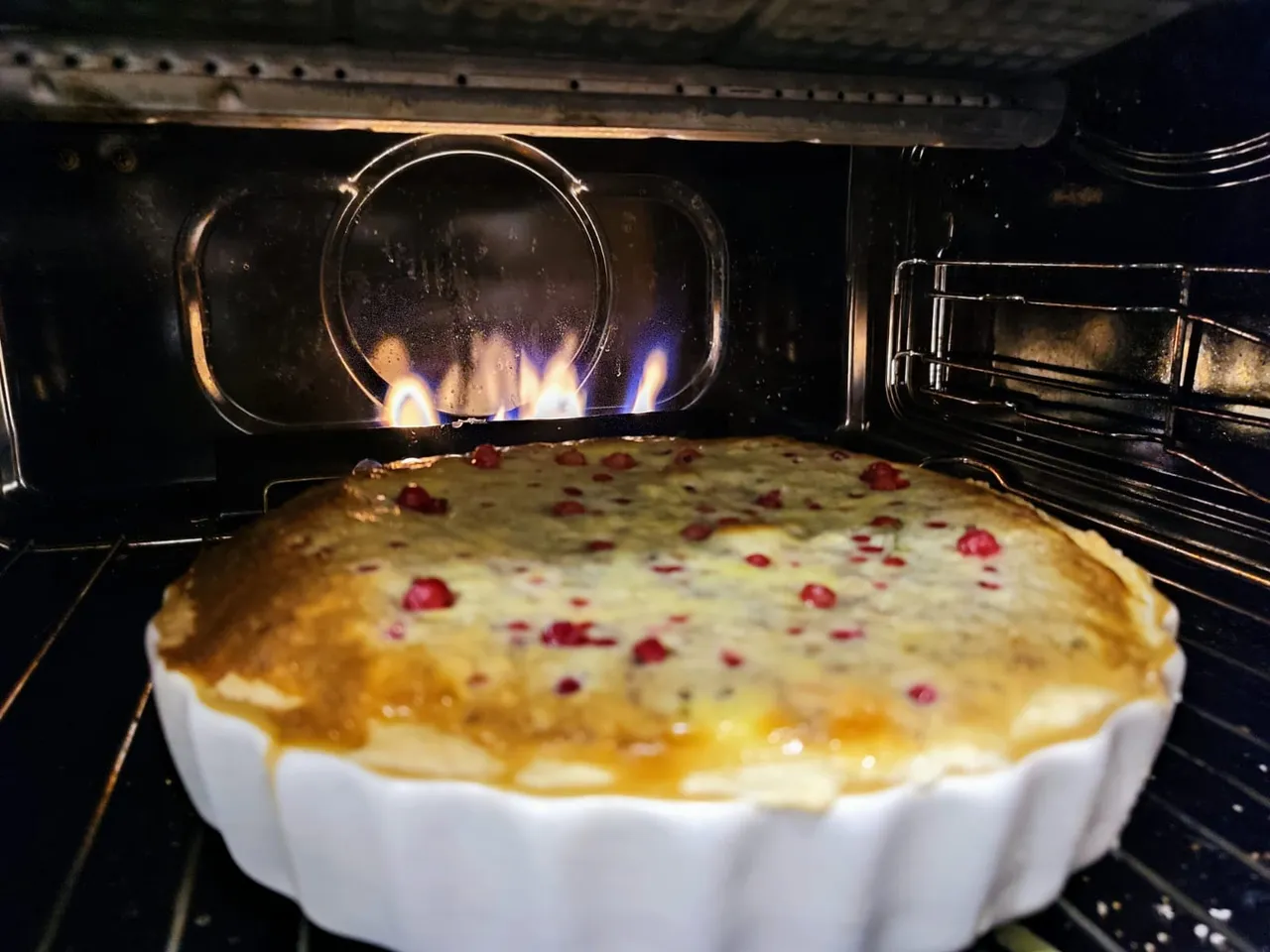
Place the tart in the preheated oven and bake for 35-40 minutes, or until the filling is set and the pastry is golden brown.
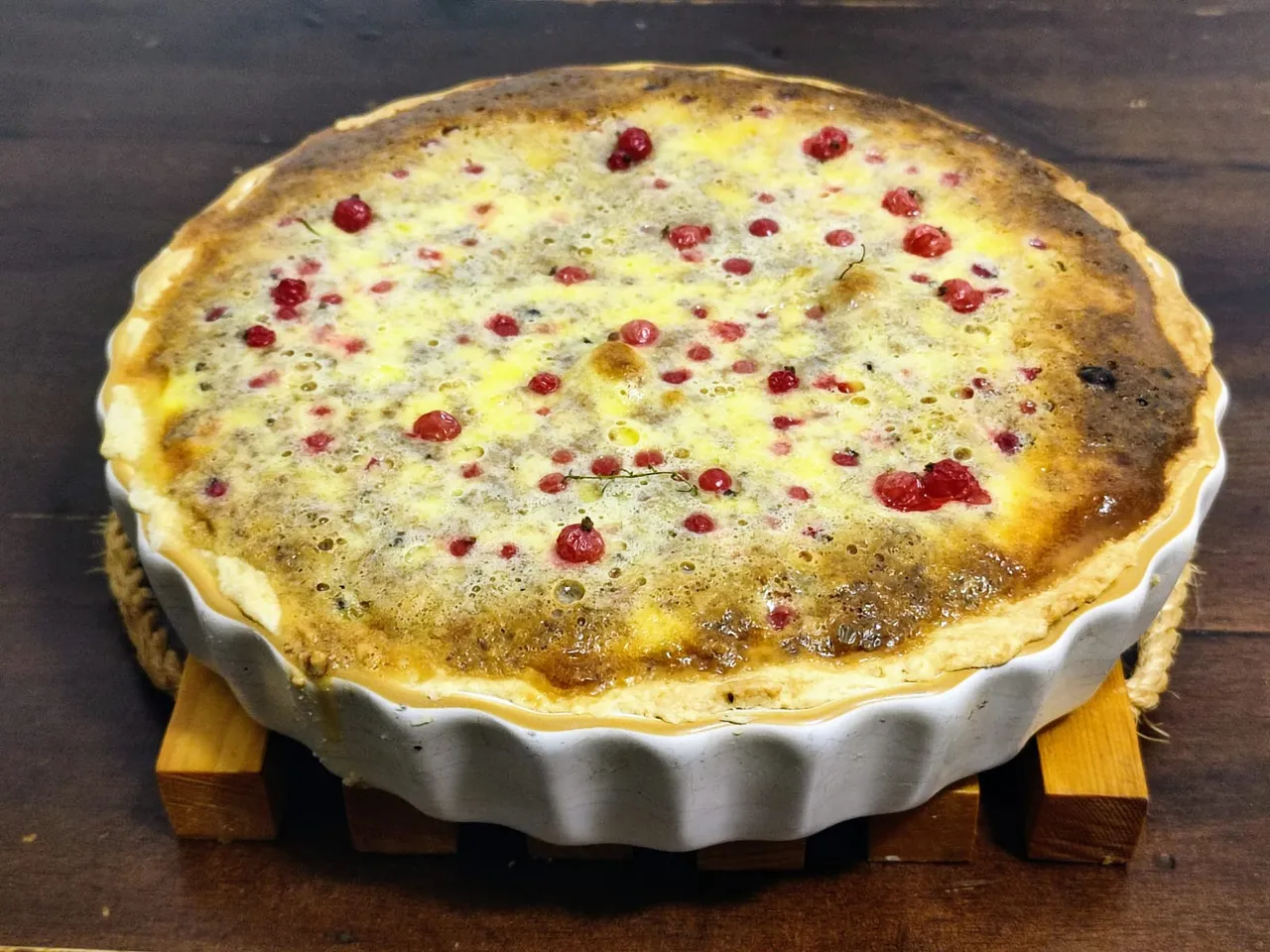
Once baked, remove the tart from the oven and allow it to cool before serving.
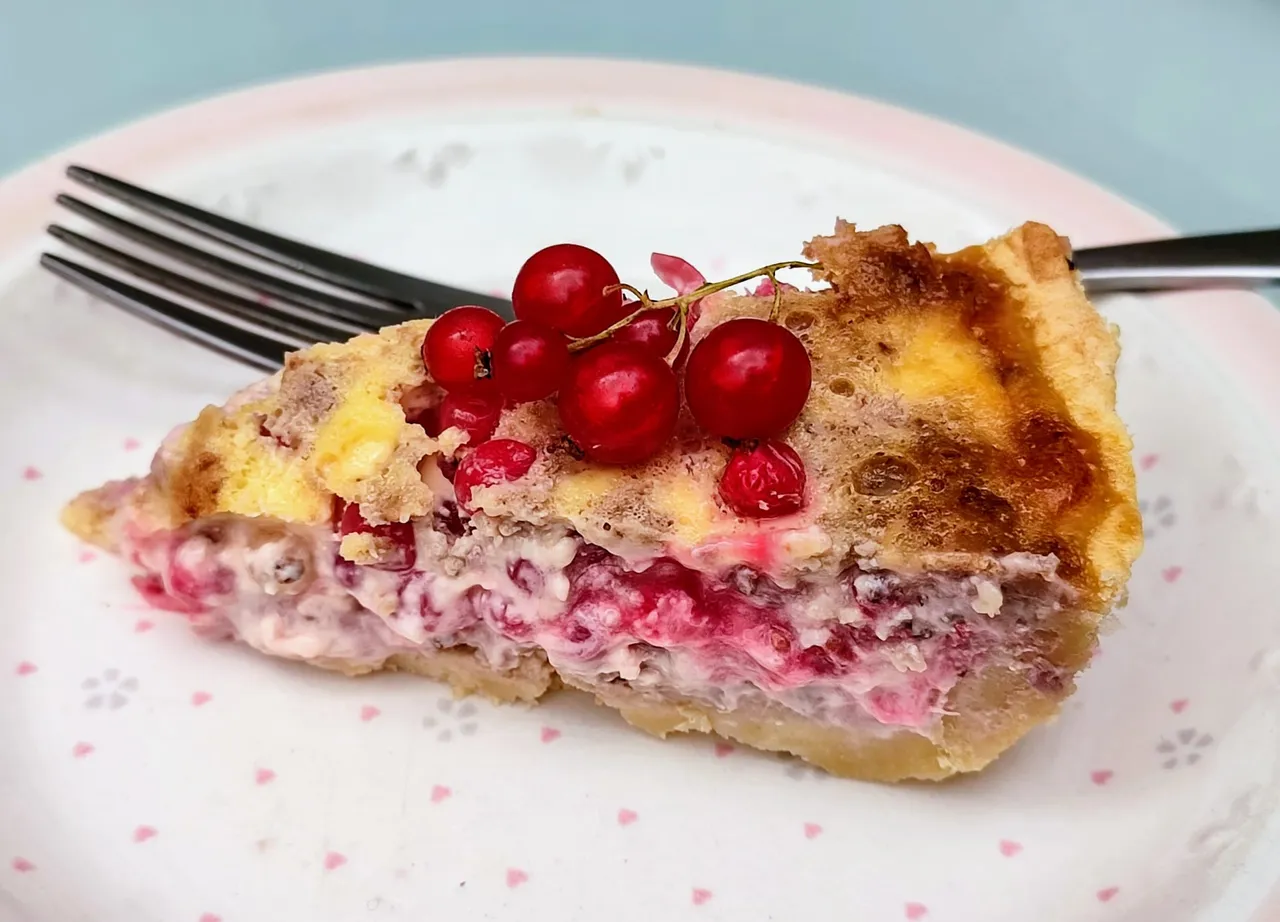
You can serve it with additional red currants if desired.
Enjoy your homemade red currant tart!
Mariah 💚
🍃🍃🍃🍃🍃🍃🍃🍃🍃🍃🍃🍃🍃🍃🍃🍃🍃🍃🍃🍃🍃🍃🍃🍃
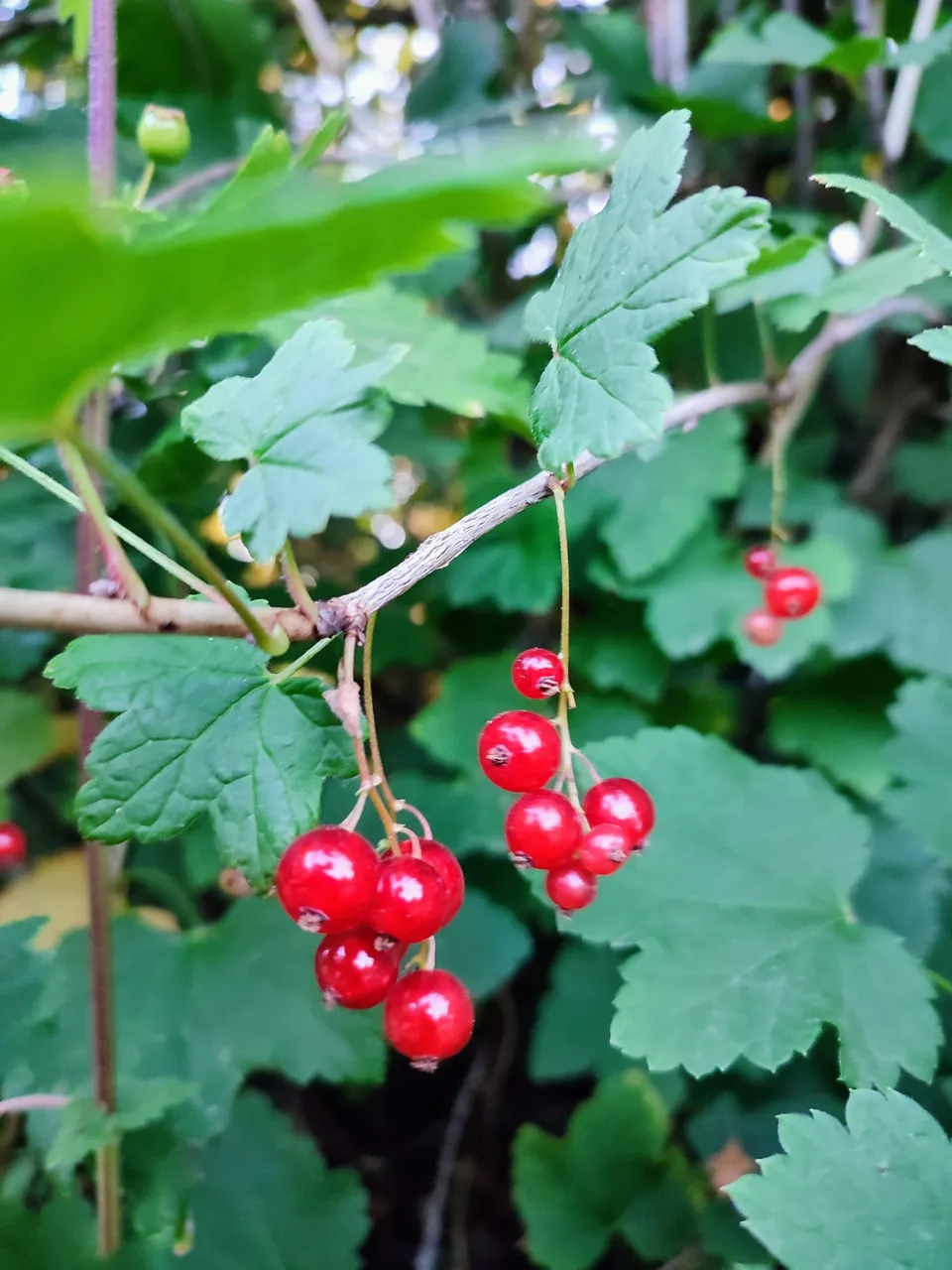
Red currants (Ribes rubrum) are small, round berries that are typically bright red in color. Here are some characteristics to help you identify red currants:
Size: Red currants are small berries, usually about the size of a marble or slightly larger. They typically measure around 0.4 to 0.6 inches (1 to 1.5 cm) in diameter.
Color: As the name suggests, red currants are primarily red in color. They have a vibrant, translucent red skin that covers the entire berry. However, it's worth noting that red currant varieties can vary slightly in shade, ranging from a bright scarlet to a deeper, darker red.
Clustered Growth: Red currants grow in clusters on deciduous shrubs that reach a height of around 3 to 5 feet (1 to 1.5 meters). The berries are attached to thin stems and are densely packed together in a cluster, typically consisting of 8 to 20 berries.
Texture: The skin of red currants is smooth and somewhat glossy. It has a thin, delicate texture that surrounds a juicy and slightly tart flesh.
Taste: Red currants have a distinctive flavor that is often described as tangy, tart, and slightly sweet. They are less sweet than other berries like strawberries or raspberries and are often used in culinary preparations that benefit from their tartness.
Leaves: The leaves of the red currant plant are green and lobed. They are alternate in arrangement and have a serrated or toothed edge. The leaves are attached to woody stems that bear the clusters of berries.
Growing Season: Red currants are typically harvested in the summer months, usually between June and August, depending on the specific region and climate.
When identifying red currants, it's important to note that they may resemble other berries, such as gooseberries or certain varieties of small grapes. However, red currants can be differentiated by their distinct clustered growth, translucent red skin, and tart flavor.
The history of red currants (Ribes rubrum).
Ancient Origins: Red currants are native to parts of Western Europe, including regions such as Scandinavia, the Baltic States, and the Netherlands. They have been growing wild in these areas for thousands of years.
Medicinal Uses: Throughout history, red currants have been used for their medicinal properties. Ancient Greeks and Romans recognized the health benefits of currants and used them as remedies for various ailments. They were believed to have diuretic, digestive, and anti-inflammatory properties.
Cultivation in Monasteries: During the Middle Ages, red currants became popular among monastic communities in Europe. Monks and nuns cultivated currant plants in monastery gardens for both medicinal and culinary purposes. They used the berries to make jams, jellies, and wines, and also recognized their high vitamin C content, which helped prevent scurvy.
Spread to Other Parts of Europe: Over time, the cultivation of red currants spread beyond monastery gardens and became more widespread across Europe. The fruit's hardiness and ability to thrive in cooler climates made it a valuable crop, especially in countries such as Germany, France, and the United Kingdom.
Culinary Uses: Red currants have long been prized for their culinary uses. They are commonly used in jams, jellies, sauces, desserts, and baked goods. In many European countries, red currant jelly is a popular accompaniment to meats, particularly game meats.
Varietal Development: Over the years, horticulturists and plant breeders have developed various red currant cultivars with improved traits, including larger berries, increased sweetness, and resistance to diseases. This has contributed to the popularity and diversity of red currants in modern cultivation.
Today, red currants are grown in many parts of the world, including Europe, North America, and parts of Asia. They are enjoyed both for their culinary versatility and their nutritional value, as they are rich in antioxidants, vitamins, and minerals.
I hope you found the information about red currants helpful!
Have a wonderful day!
Mariah 💚